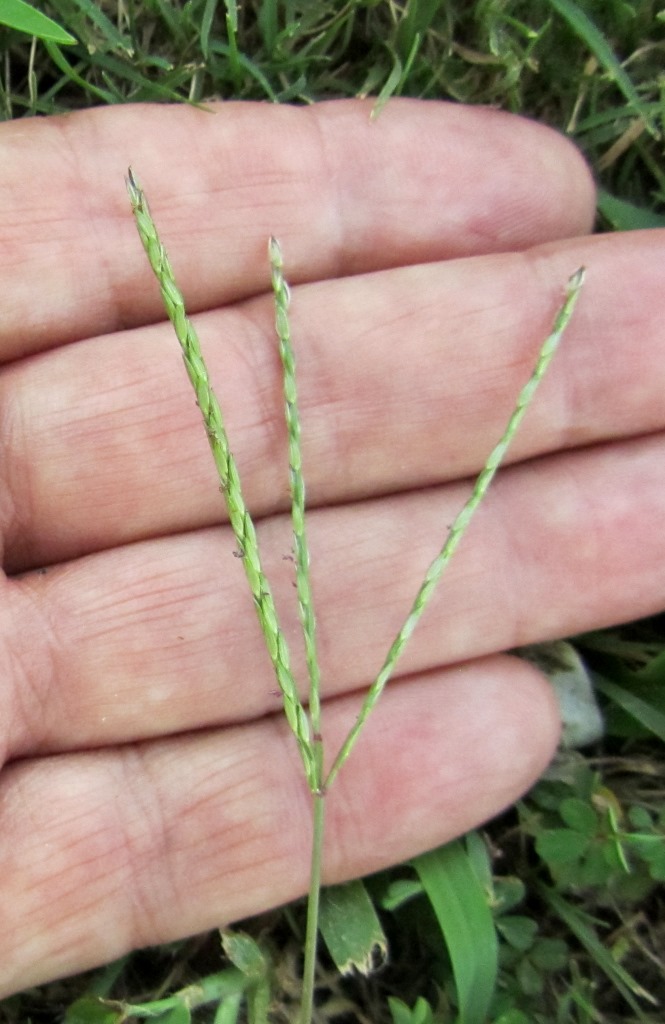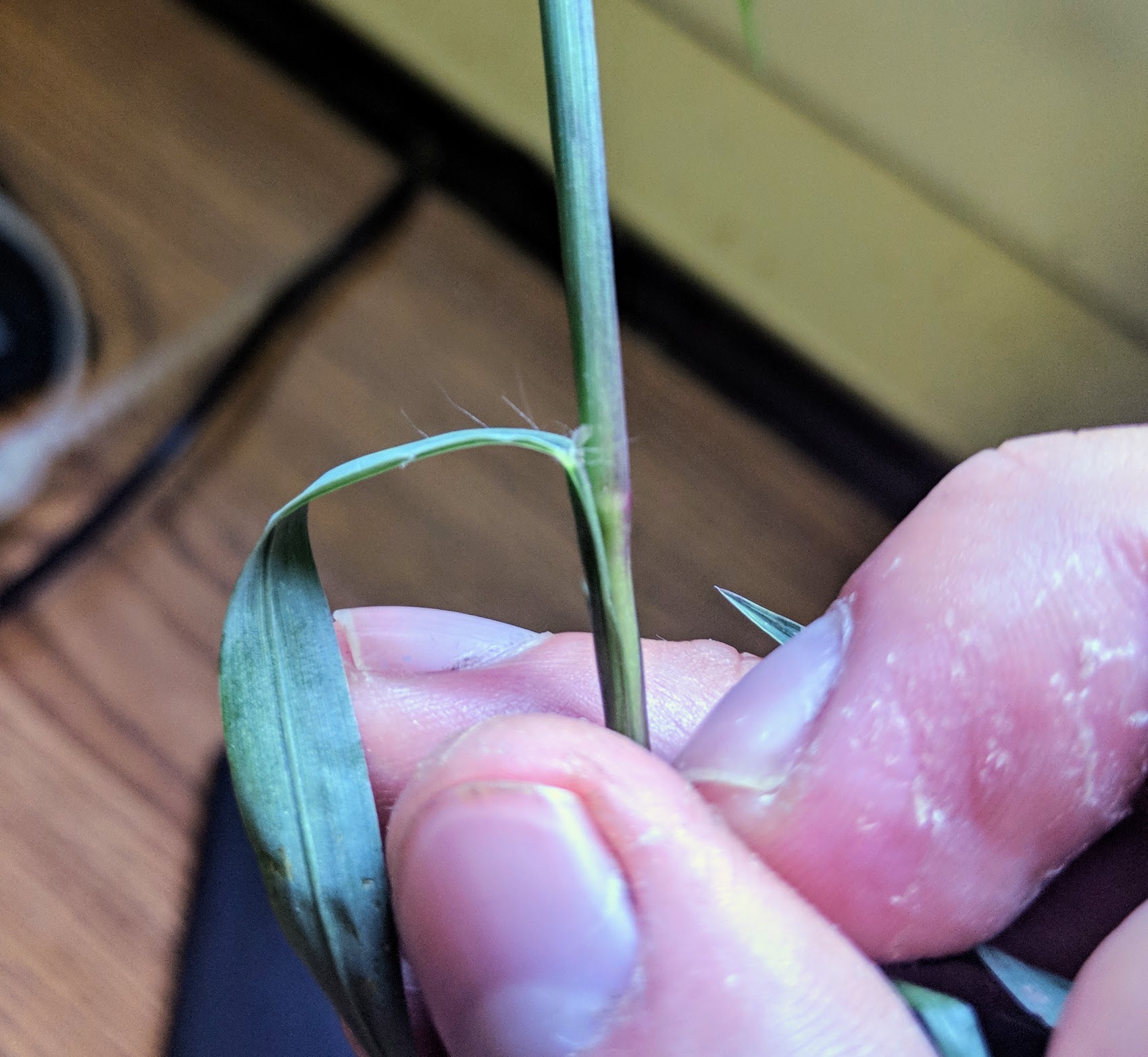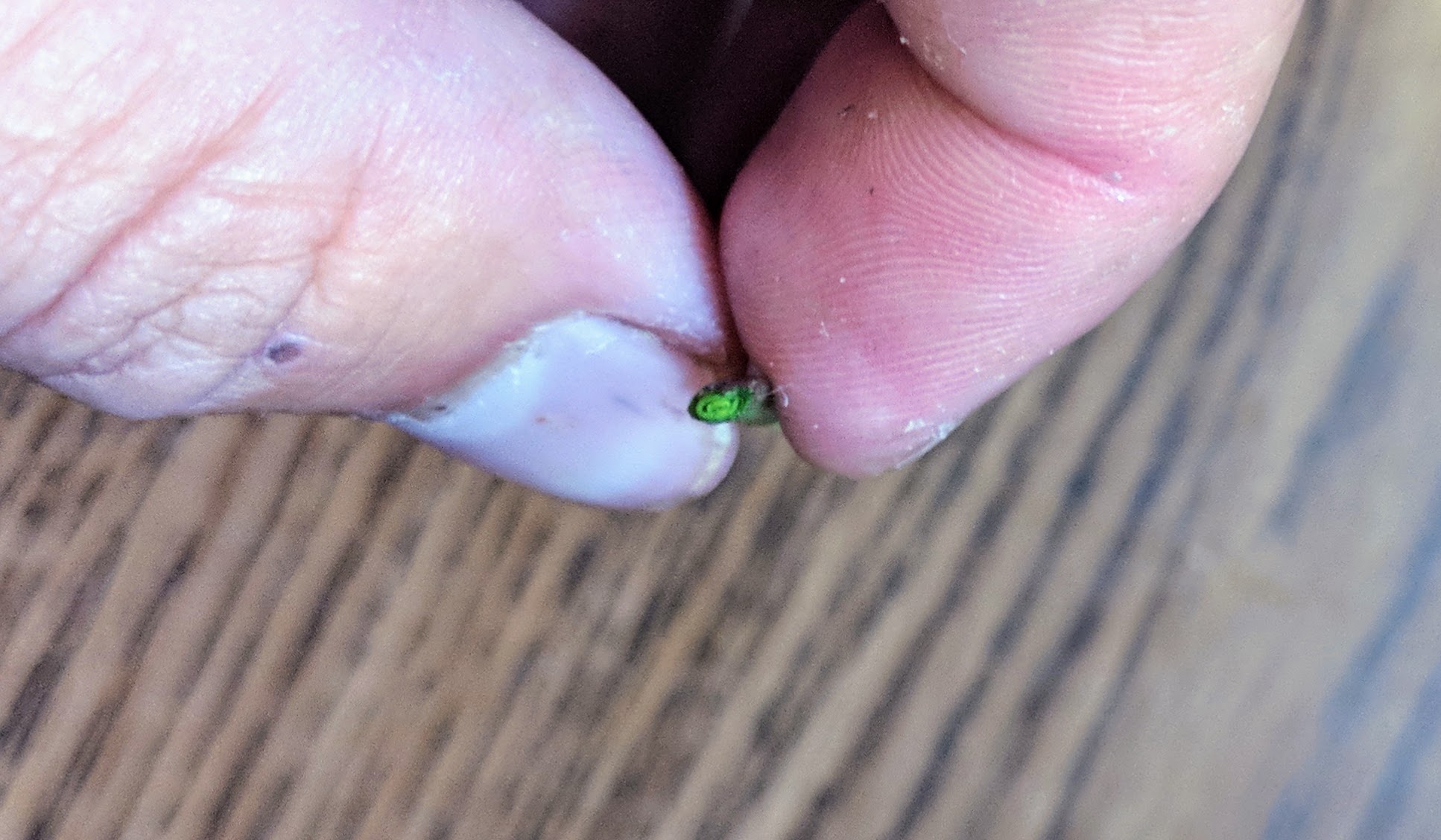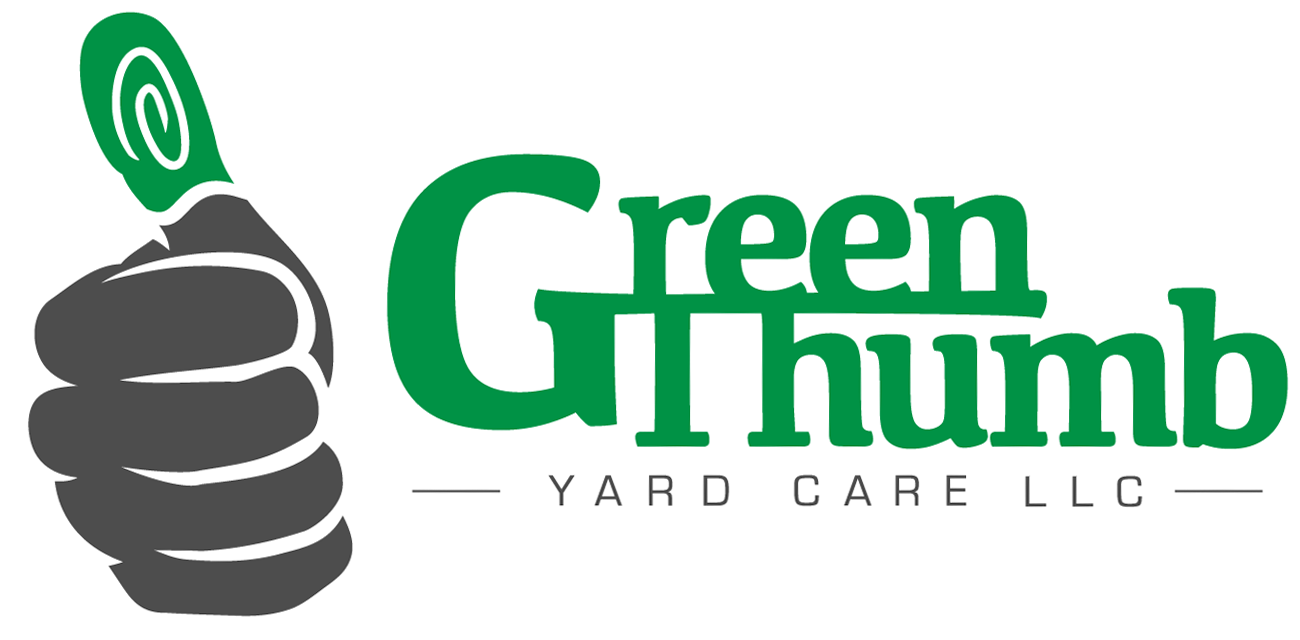Everything you need to know about crabgrass this summer
Crabgrass is a common nuisance in lawns across the country. A lot of homeowners battle this grassy weed each year. Before you take action, you should correctly identify the pest. A lot of our customers think they have crabgrass, but they actually have a different weed growing in their lawn.
First, let’s cover how you can easily identify crabgrass using its growth cycles and physical characteristics. Then, we will talk about the proper way to prevent and keep it from growing in your lawn. Last, I’ll leave you with a few tips for a healthier, crabgrass-free lawn.
Description & Identification
There are two species of crabgrass particular to the Mid Atlantic region, Large Crabgrass and Smooth Crabgrass. Both have a similar growth habit and appearance but there are a few subtle differences.
Both varieties begin to appear in late spring to early summer and continue to grow throughout the summer months. Keep this in mind when trying to diagnose your weed infestation. If you have an issue in April or early May, then crabgrass probably isn’t your problem.
The easiest way for me to identify crabgrass is the unique seed head. The inflorescence has 3-5 (and I’ve even seen 13) spikes protruding from a slender main stem in all directions.
The spikes have two rows of elliptical spikelets on them. Each spikelet has a single, shiny yellow seed.

Large crabgrass will have hairs on both sides of the leaf blade and on the leaf sheath. Smooth crabgrass only has hairs around the collar region of the leaf sheath.

Leaf blades and sheaths on older more mature plants may turn a dark red/purple color but this is not ALWAYS the case.

One other identifying feature, that should be used in conjunction with other features, is the rolled venation.

Crabgrass will die in the fall when temperatures drop below 32 degrees F. The leaf blades will turn brown in an otherwise green lawn. Once the plant dies, the seeds will be deposited into the soil to germinate again the following year
Treatment & Prevention
Once you have confirmed that you have a crabgrass problem, the next step is treating it. Properly using herbicides is the most effective way to alleviate your problem. You must treat and kill any crabgrass already in the lawn AND prevent new seeds from taking root.
Let’s talk about treating existing crabgrass first. You will need a post-emergent herbicide. I like to use Drive (quinclorac) because it is effective and economic. There are a few other compounds that also work, Acclaim (fenoxaprop-ethyl) and Tenacity (mesotrione), but I do not think they are as effective.
Now that you have a solution for the crabgrass already growing in your lawn, let’s make sure that we prevent more from growing. You will need to invest in a pre-emergent herbicide. I like using Dimension (dithiopyr) or Barricade (
You should know that you can mix and apply both post and pre-emergent herbicides at once in the same spray tank. I also recommend using a surfactant to help the herbicide adhere to weeds. Some other supplies you need include a spray tank, measuring cups, nitrile gloves and chemical goggles.
Before mixing any chemicals, measure the area you are going to treat. Make sure that you measure the correct amount of herbicide and water for the job. This information can be found on the blog or on the herbicide label.
Once you know how much herbicide you are applying, mix the solutions properly according to the label wearing the proper PPE (personal protective equipment). After that, you can begin to apply your solution at the proper rate. I would recommend reading my DIY Calibration article before making any application to ensure you get the best results.
Maintenance
Now that you have attacked your crabgrass problem, it is important to protect your hard work and investment. An IPM (integrate pest management) plan is necessary. The best way to get rid of any weed is to stay on top of it and follow the correct cultural practices.
A good herbicide management plan, nutrient management program, annual aerating and overseeding are all parts of great IPM. When these practices are done properly, you will see an increase in the health, and thickness of your lawn.
